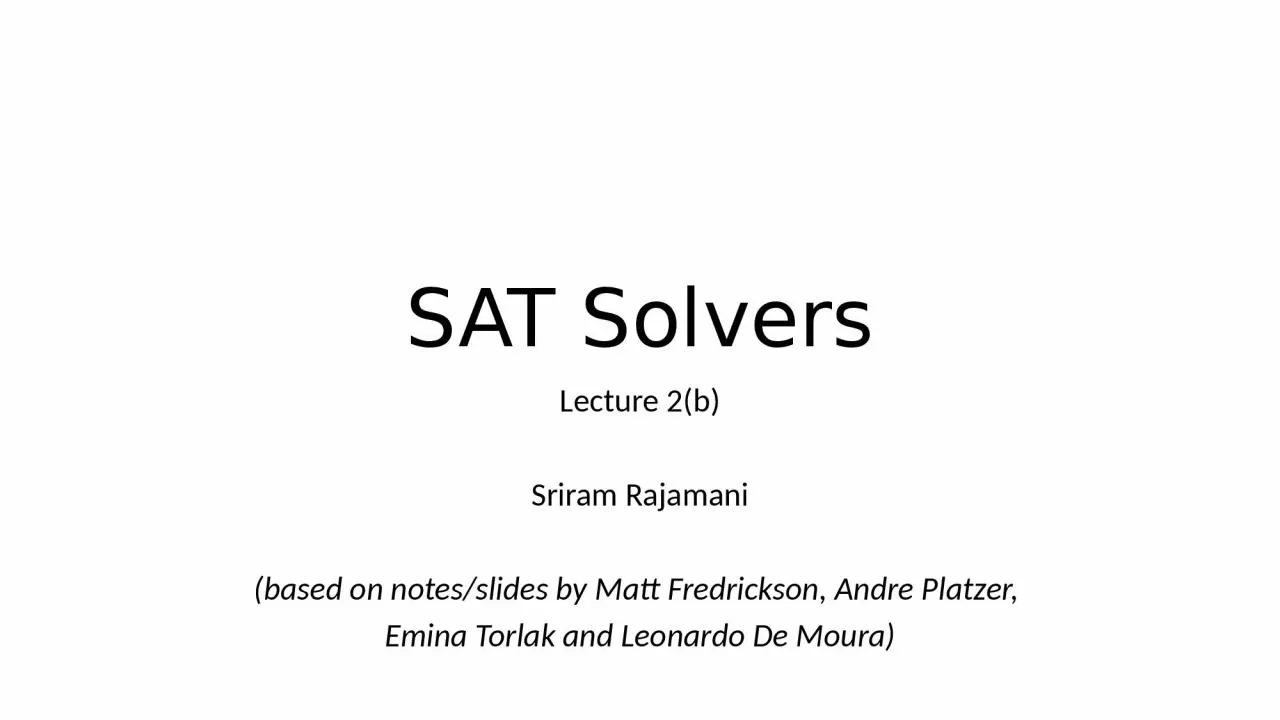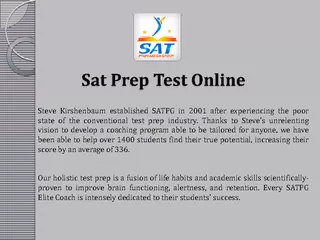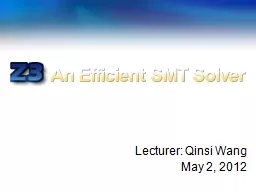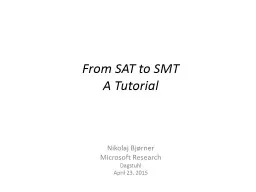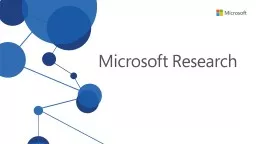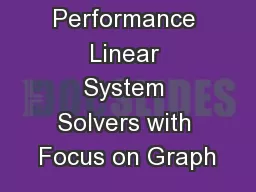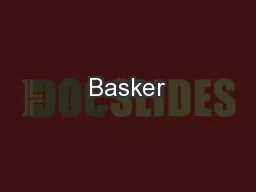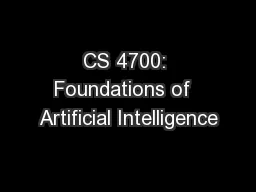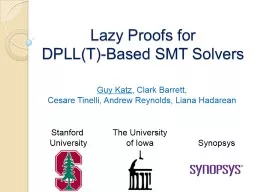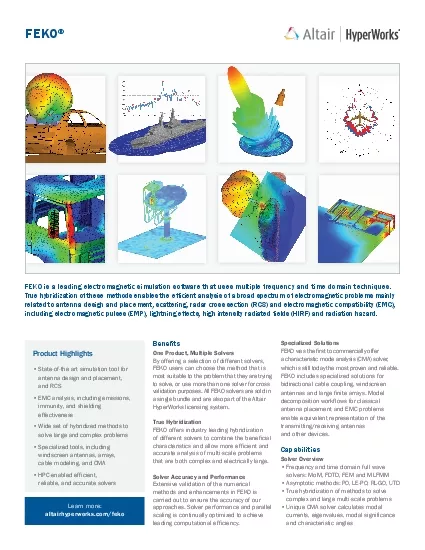PPT-SAT Solvers Lecture 2(b)
Author : jaena | Published Date : 2024-03-15
Sriram Rajamani based on notesslides by Matt Fredrickson Andre Platzer Emina Torlak and Leonardo De Moura Modern SAT solvers First convert a formula to CNF Conjunctive
Presentation Embed Code
Download Presentation
Download Presentation The PPT/PDF document "SAT Solvers Lecture 2(b)" is the property of its rightful owner. Permission is granted to download and print the materials on this website for personal, non-commercial use only, and to display it on your personal computer provided you do not modify the materials and that you retain all copyright notices contained in the materials. By downloading content from our website, you accept the terms of this agreement.
SAT Solvers Lecture 2(b): Transcript
Download Rules Of Document
"SAT Solvers Lecture 2(b)"The content belongs to its owner. You may download and print it for personal use, without modification, and keep all copyright notices. By downloading, you agree to these terms.
Related Documents

